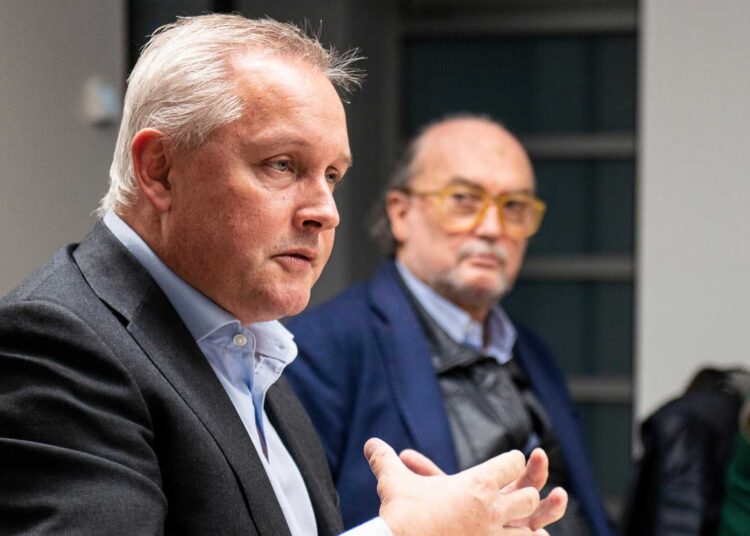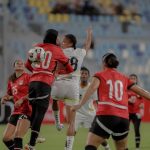CAS director general Matthieu Reeb, speaking to the AIPS Young Reporters at the CAS headquarters.
Back in 1986, the Court of Arbitration for Sport had a staff of three to help deal with 15 to 30 cases annually. Now, the CAS arbitrators and a staff of 43 handle 950 cases a year. No surprise then that, next spring, CAS will move into a larger home in the Olympic capital.
Yet the supreme court of world sport is not a specific court of law.
CONFIDENTIAL Firstly, most hearings are not open to the public and media. Secondly, submissions and arguments and appeals remain confidential until the verdict is published.
“This lack of full transparency is acceptable, if the decision is published at the end,” CAS director general Matthieu Reeb told AIPS Young Reporters undertaking a week-long course in Lausanne.
He added: “CAS is private justice so it’s normal that things are supposed to be confidential. What is public is the fact that cases are filed, with the name of the parties and the date of the decision which, of course, is also published.”
HOW LONG? The case load features contract disputes, disciplinary complaints and doping issues. Each process can take between four and six months but sometimes years. A case arising out of the plane crash death of the Argentinian footballer Emiliano Sala is ongoing almost two years after the accident which prompted a transfer fee dispute between Nantes and Cardiff City.
EXPERTISE In the 19th century, sport relied on gentlemen’s agreements. So, what changed to bring about a sports court and why can cases not be settled in a standard court of law? One reason is speed. Arbitration by CAS or TAS (Tribunal Arbitral du Sport) is faster than the law courts. Also the arbitrators possess a particular expertise in the field of sports governance.
ORIGIN CAS was created by the International Olympic Committee under its then president Juan Antonio Samaranch in 1984. It heard its first case – a Swiss ice hockey dispute– two years later. In 1993 CAS was recognised by the Swiss Federal Tribunal to which, in rare cases, appeals may be raised against a CAS ruling.
FINANCE The IOC financed CAS during its first 10 years and until the reforming creation of an independent foundation known as the International Council of Arbitration. This supervises CAS and its budget. Roughly half of the annual funding of 17m Swiss francs comes from the IOC (CHF 7.5m) and FIFA (CHF 1.5m) and the other half from court cost awards.
President of ICAS is John Coates, an Australian vice-president of the IOC.
ARBITRATORS Cases brought before CAS by sports federations of individual sportsmen and women are heard generally by a panel of three arbitrators drawn from among 400 judges and lawyers from 87 countries. Each side in a case has the right to choose one of the arbitrators. Certain cases may be heard, by agreement, by a sole arbitrator.
Some 80pc of cases are heard in English in which submissions may also be made to the Swiss Federal Tribunal.
The expanding workload is one reason for CAS moving in the spring from its current two premises to a single wing of the Palais de Beaulieu convention centre. One day that case load might even include esports.
Source: AIPS Media
Picture Credit: Anna Szilagyi









